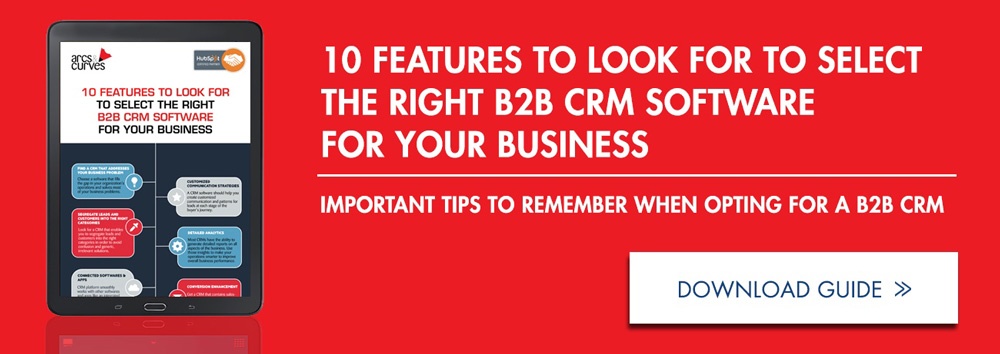
Customer Relationship Management (CRM) - The three mighty words that can shape the way businesses operate and pave the way for smoother transactions and happier clients.
The question here, therefore, is not “Why” you should adopt a CRM system for your business, but “How” you should do so.
It’s a well-known fact - CRM platforms empower businesses enabling them to perform way better than they would without having such a system on board.
The success stories of thousands of firms who use CRM systems are a testimony that your business should be one of them too - After all, it will not only help you document everything in one place, but will also improve your relationship with customers and other stakeholders.
Here’s our quick 5 step guide to getting started with CRM for your business:
1) Identify your business goals, contacts, opportunities, and challenges:
CRM platforms revolve around your customers, so the right way to go about this is to make a list of your business objectives, contacts, potential customers, opportunities and challenges. By documenting this information, you can make better and more informed decisions.
2) Understand the customers’ buying journey:
This is one of the most crucial aspects of setting up a CRM system - if you don't know your customers, your business will eventually fail. You need to identify and understand your customers’ buying behaviour and the cycles they go through before making the decision. This activity should include answers to questions such as the following:
- “Where does the first contact with the client start?”;
- “What channels do your potential clients consult before getting in touch with a sales representative?”;
- “How well are the marketing and sales team integrated and how well do they interact with each other”; and
- "What kind of steps does your firm take to address your clients’ grievances and solve their problems?”
Answers to the above questions are within your firm and employees - so make a conscious effort to understand your customers better.
3) Linking objectives to operations:
The decision to choose a particular CRM is largely influenced by your business strategy and objectives. Therefore, you as a responsible business owner, need to find a way to link your business goals to the organisational processes and departmental operations. Asking questions such as “How can I improve this for better performance”, or “Is there an easier and more efficient way to get this done” is an act of sensibility towards understanding your clients and what they expect from you. You should strive to include your customers’ objectives into your own to reach a mutual ground of satisfaction.
4) Workflow features:
Here we’re talking about ease of access and flexibility of operations within and between departments. Workplaces are full of processes, and processes have their own features. Your motive her should be to simplify workflow to enhance their respective features.
For example, ask yourself:
- “How easy is it to create an entry in the existing system for a new client?”, or
- “How many steps are involved in getting a sales rep to contact a potential customer?”
Answering questions like these will help you in finding solutions to hidden problems that have been overlooked until the CRM discussion came into picture.
Your goal here should be to create seamless communication channels throughout the organization while simultaneously reducing unnecessary chains of command and increasing response time per activity.
5) Business and Communication Infrastructure:
Although this step appears at the end of this guide about getting started with CRM, it’s equally important as all of the above mentioned steps.
Installing a CRM isn’t just an IT project that’ll do wonders overnight and start showing you results the next day onwards. It’s also a business project - because not only does it help you manage workflows better, it also creates avenues for improving customer service and increasing employee efficiency and productivty.
Your organization’s infrastructure develops gradually and with a new CRM in place, you can have a fresh look at your existing infrastructure and IT setup to decide what areas of operations are better suited to be outsourced or handled in-house. You can then accordingly rethink your entire firm’s infrastructure and align it with the functionality of the upcoming CRM platform to minimise duplication and maximize results.






